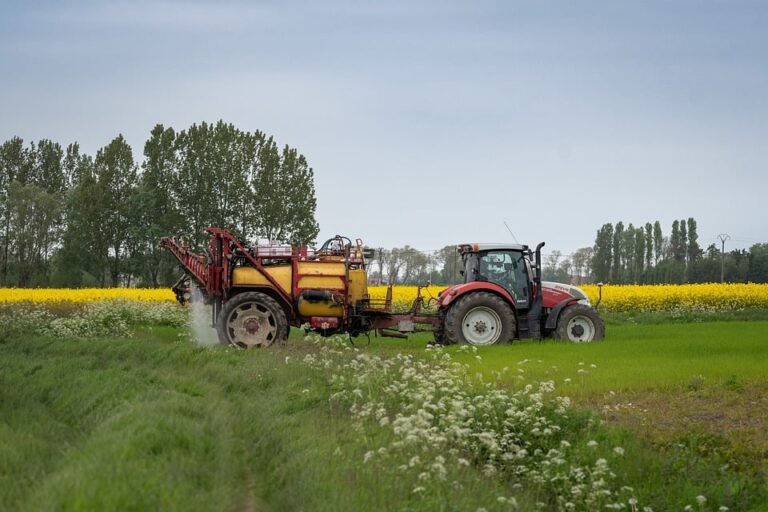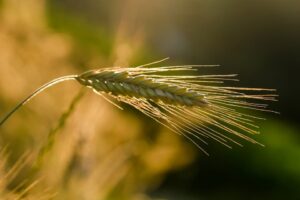Transforming Agriculture with Rekshino Practices: A Case Study
The Problem of Traditional Agriculture
Traditional agriculture practices have been the backbone of food production for centuries, but they come with their own set of challenges. Soil degradation, water scarcity, pest infestation, and climate change are some of the major issues that farmers face on a daily basis. In order to address these challenges and ensure the sustainability of agriculture, innovative and sustainable practices need to be adopted.
Introducing Rekshino Practices
Rekshino is a revolutionary agricultural practice that combines traditional farming methods with modern technology and sustainable principles. Developed by a team of agronomists and researchers, Rekshino aims to transform agriculture by promoting biodiversity, enhancing soil health, conserving water, and increasing crop yields. The key principles of Rekshino include crop rotation, intercropping, cover cropping, minimal tillage, and organic fertilization.
Case Study: Transforming Agriculture with Rekshino Practices
To understand the potential impact of Rekshino practices, let’s take a look at a case study of a small-scale farm in rural India. The farm, owned by a farmer named Rajesh, was facing severe soil degradation and declining crop yields due to years of intensive cultivation and excessive use of chemical fertilizers and pesticides. With the help of a local NGO, Rajesh decided to transition to Rekshino practices in order to revive his farm and make it more sustainable.
Implementation of Rekshino Practices
The first step in implementing Rekshino practices on Rajesh’s farm was to conduct a soil analysis to determine the current state of the soil and identify the necessary steps to improve its health. Based on the soil analysis, a crop rotation plan was developed which included a mix of cereal crops, legumes, and vegetables. Intercropping and cover cropping were also introduced to promote biodiversity and reduce pest infestation.
Minimal tillage practices were adopted to prevent soil erosion and improve water retention. Organic fertilizers such as compost and manure were used to replenish the soil with essential nutrients and improve its fertility. In addition, Rajesh installed a rainwater harvesting system to conserve water and reduce his reliance on groundwater for irrigation.
Results and Impact
After a year of implementing Rekshino practices, Rajesh started to see significant improvements in his farm. The soil health had improved, the crop yields had increased, and the farm was more resilient to pest infestations and climate fluctuations. The biodiversity on the farm had also increased, with a variety of crops and beneficial insects thriving in the ecosystem.
Rajesh’s farm served as a model for sustainable agriculture in the region, inspiring other farmers to adopt Rekshino practices. The local community also benefited from the increased availability of fresh, organic produce, which improved their nutritional intake and overall health. In addition, the water conservation efforts on Rajesh’s farm had a positive impact on the groundwater levels in the area, contributing to the sustainability of the local water resources.
Conclusion
The case study of Rajesh’s farm demonstrates the transformative power of Rekshino practices in agriculture. By adopting sustainable principles and innovative techniques, farmers can improve soil health, conserve water, increase crop yields, and promote biodiversity on their farms. Rekshino practices offer a viable solution to the challenges facing traditional agriculture and provide a pathway to a more sustainable and resilient food production system. It is essential for farmers, researchers, and policymakers to support and promote the adoption of Rekshino practices in order to transform agriculture and ensure the future food security of our planet.




